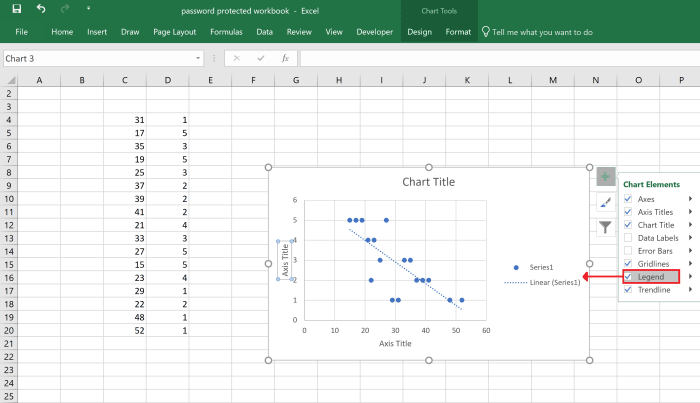

Select the “clustered bar.” The preview of the clustered bar chart is shown in the succeeding image.
Step 4: In the “bar” option, there are multiple chart types. Step 3: In the “all charts” tab, click on “bar.”. Step 2: The “change chart type” window opens, as shown in the following image. 
In the Design tab, choose “change chart type.” With the selection, the Design and Format tabs appear on the Excel ribbon.

The steps to change the chart type are mentioned as follows: Let us convert the clustered column chart (created in the previous example) to the clustered bar chart. Select the check box “vary colors by point.” Every bar of the chart is displayed in a different color.Ĭonversion From Clustered Column Chart to Clustered Bar Chart With the same chart selection, go to the “fill” option in the “format data series” box.With this, the bars of one category are combined together at one place. In the “format data series” box, make the “gap width” 0%.To format the chart, select it and press “Ctrl+1.” The “format data series” box opens to the right of the chart.On the x-axis of the chart, the different months and zones are displayed.

The chart appears as shown in the following image. Insert the clustered column chart for the data in the succeeding image. Interchange the “month” and “zone” columns. Retain only one zone name and delete the remaining ones. Insert a blank row after every zonal group. The data of every zone are grouped together at one place. Since the zonal data for every month is available, we create a zone-wise arrangement. The chart shows the revenues of different zones for a particular month. read more appears, as shown in the following image. Click “Ok,” and the clustered bar chart Clustered Bar Chart A clustered bar chart represents data virtually in horizontal bars in series, similar to clustered column charts. Select the data and insert the clustered column chart (under the Insert tab).








 0 kommentar(er)
0 kommentar(er)
